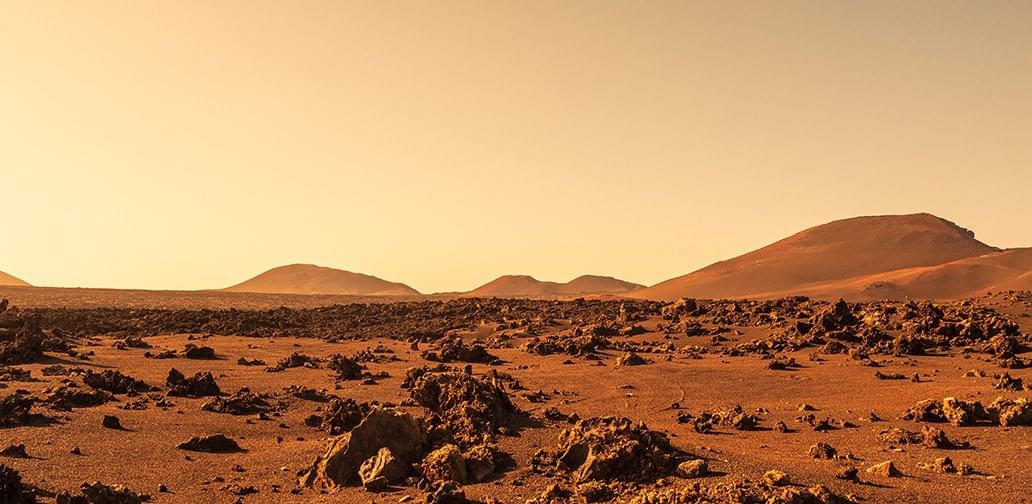Ringworlds are one of science fiction’s most imaginative megastructures, essentially it is a giant ring that serves as a biosphere for an entire civilization or ecosystem at the very least, with the inside surface serving as a habitable world. Or Imagine a ring so enormous that its inner surface area could be equal to literally millions of Earths! The surface is designed to mimic a planetary environment, complete with cities, forests, and oceans. The structure would either orbit around a star or if it is big enough it would encircle the star.
Using centrifugal force, its rotation is thus used to generate artificial gravity, while massive panels or “shadow squares” can be used to regulate light to create a day-night cycles. Obviously, contructing such a megastructure would require materials of super strength, far beyond anything currently known to exist and gathering resources for its construction could involve dismantling entire planets or asteroid belts. Can such things exist in reality? Maybe a higher tier alien civilization could make these, I don’t know, but in science fiction, there are quite a few of them out here & so lets take a look at the Biggest 10 of these ringworlds.
Credits:
https://www.warhammer-community.com/
https://wh40k.lexicanum.com/
https://warhammer40k.fandom.com/wiki/
FAIR-USE COPYRIGHT DISCLAIMER Copyright Disclaimer under Section 107 of the Copyright Act 1976, allowance is made for “fair use” for purposes such as criticism, commenting, news reporting, teaching, scholarship, and research. Fair use is a use permitted by copyright statute that might otherwise be infringing. Non-profit, educational or personal use tips the balance in favour of fair use. Nutbug does not own the rights to these videos and pictures. They have, in accordance with fair use, been repurposed with the intent of educating and inspiring others. However, if any content owners would like their images removed, please contact us by email [email protected]






